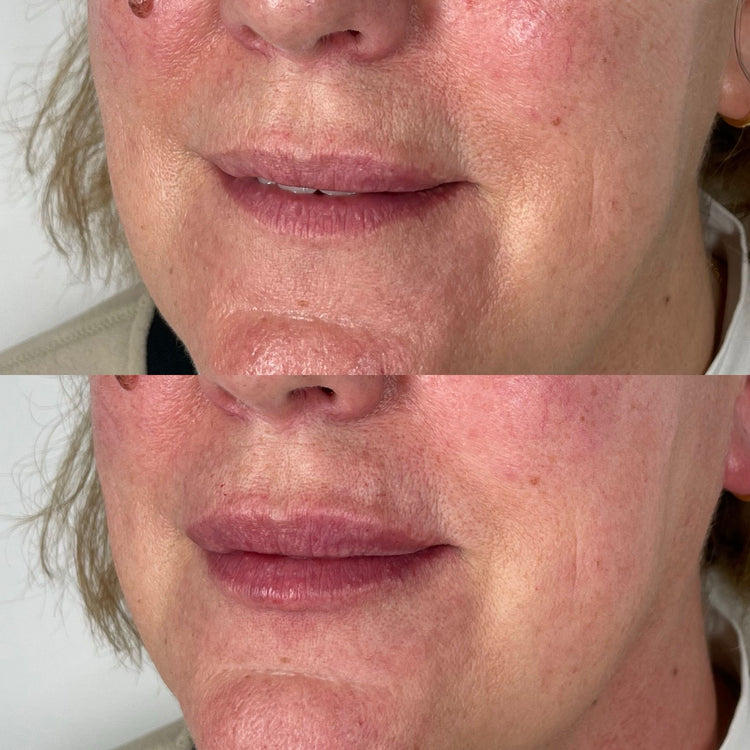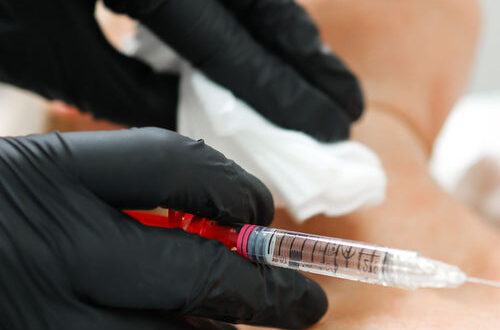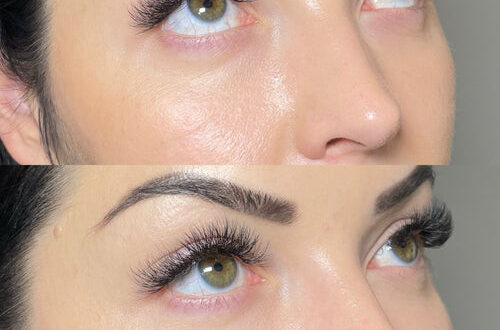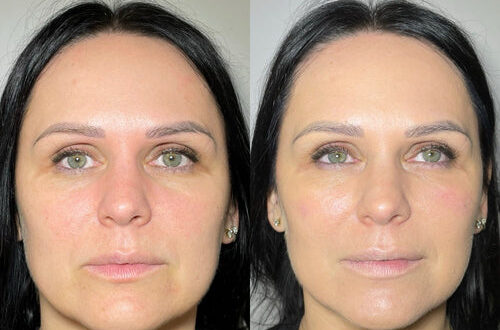Types of Dermal Fillers
Dermal fillers are an increasingly popular cosmetic treatment used to enhance facial features, reduce wrinkles, and restore volume loss. These injectable substances come in various types, each formulated with different ingredients. Hyaluronic acid fillers, for example, attract water and provide long-lasting hydration, while collagen fillers stimulate the body’s own collagen production. Poly-L-lactic acid (PLLA) fillers work by gradually stimulating collagen synthesis over time, leading to a gradual lifting effect.
Hyaluronic Acid Fillers
Hyaluronic acid fillers are among the most common types of dermal fillers. These gels are made from hyaluronic acid, a naturally occurring substance in the body that helps to keep skin hydrated and plump. Hyaluronic acid fillers can be used to smooth out wrinkles, enhance lips, add volume to cheeks, and contour the jawline. Because hyaluronic acid is biocompatible and biodegradable, these fillers are generally safe and well-tolerated.
Calcium Hydroxylapatite Fillers
Calcium hydroxylapatite fillers are another type of dermal filler that is gaining popularity. These fillers are made from microspheres of calcium hydroxylapatite, a naturally occurring mineral that is also found in bone. Calcium hydroxylapatite fillers provide immediate volume and lift, making them effective for treating moderate to severe wrinkles, nasolabial folds, and other facial depressions.
Unlike hyaluronic acid fillers, which are water-based, calcium hydroxylapatite fillers are more rigid. This makes them suitable for areas that require more structural support, such as the cheeks or jawline. Calcium hydroxylapatite fillers also stimulate collagen production, which can lead to long-lasting results.
Poly-L-Lactic Acid (PLLA) Fillers
Poly-L-lactic acid (PLLA) fillers are a unique type of dermal filler that works differently than hyaluronic acid or calcium hydroxylapatite fillers. Instead of providing immediate volume, PLLA fillers stimulate the body’s own collagen production over time.
When injected, PLLA particles act as a scaffold, prompting the body to produce new collagen fibers around them. This gradual process results in a subtle lifting effect and improved skin texture. The effects of PLLA fillers are not immediate but develop gradually over several months.
Because PLLA is gradually broken down by the body over time, the results from PLLA injections are considered semi-permanent. They typically last for 1 to 2 years, although individual results may vary depending on factors such as age, skin condition, and lifestyle.
Reversibility of Different Fillers
Dermal fillers have become increasingly popular in cosmetic procedures due to their ability to enhance facial features and address signs of aging. These injectables come in various types, each with unique properties and durations of effect. Understanding the reversibility of different filler types is crucial for patients considering this treatment option.
Hyaluronic Acid Fillers: Temporary and Reversible
Hyaluronic acid fillers are temporary and reversible. They can be dissolved using an enzyme called hyaluronidase. This allows for adjustments or removal of the filler if needed. Because hyaluronic acid is naturally broken down by the body, these fillers typically last 6 to 18 months.
Calcium hydroxylapatite fillers are also considered semi-permanent and can last up to 1 to 2 years. Unlike hyaluronic acid, they cannot be dissolved with hyaluronidase.
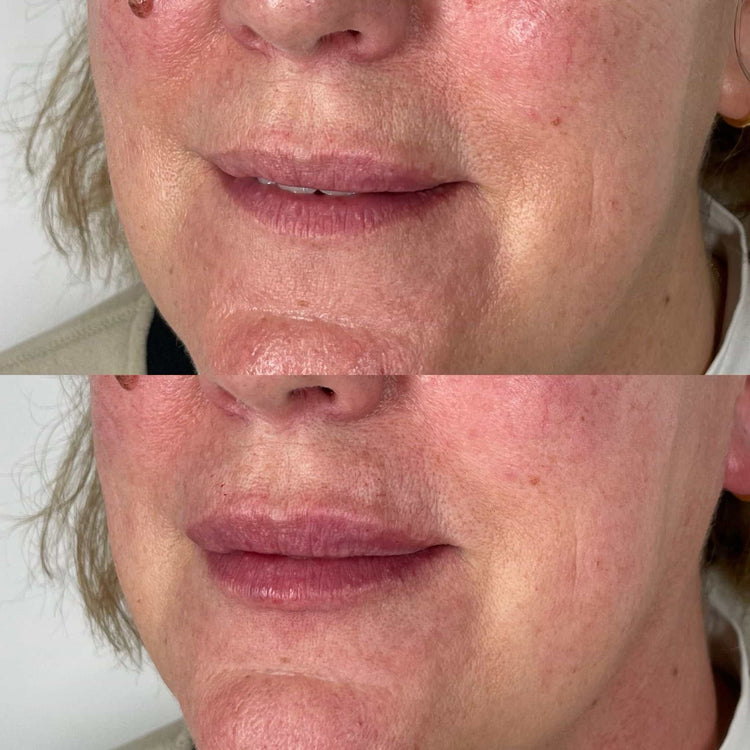
Poly-L-lactic acid (PLLA) fillers stimulate collagen production and provide long-lasting results that typically last for 1 to 2 years. They are not directly reversible.
Calcium Hydroxylapatite Fillers: More Permanent but Potentially Reversible
Calcium hydroxylapatite fillers offer a longer-lasting solution compared to hyaluronic acid fillers. Due to their mineral composition, they are more permanent and cannot be dissolved with hyaluronidase like hyaluronic acid fillers. However, even though calcium hydroxylapatite is considered more permanent, there are potential ways to reverse its effects.
Over time, the body gradually breaks down the calcium hydroxylapatite particles. This process can be accelerated by certain procedures or treatments. While not a direct reversal, these methods can help reduce the filler’s visibility and allow for a more natural fading of its effects.
PLLA Fillers: Long-Lasting, Less Reversible
Poly-L-lactic acid (PLLA) fillers are designed to provide long-lasting results due to their unique mechanism of action. Unlike hyaluronic acid fillers which add immediate volume, PLLA works by stimulating the body’s own collagen production over time. This gradual process leads to a subtle lifting effect and improved skin texture.
Because PLLA is gradually broken down by the body, the results are considered semi-permanent and typically last for 1 to 2 years. Due to this long-lasting nature and the stimulation of collagen production, PLLA fillers are not directly reversible.
Methods of Reversing Filler Effects
Dermal fillers have revolutionized cosmetic procedures, offering a non-surgical way to enhance facial features and address signs of aging. However, it’s crucial for individuals considering this treatment to understand the reversibility of different filler types. The duration and potential for reversal vary depending on the specific ingredient used in the filler.
Dissolving Agents for Hyaluronic Acid Fillers
Understanding the reversibility of dermal fillers is essential before undergoing the procedure. Hyaluronic acid fillers are generally considered temporary and reversible, as they can be dissolved with hyaluronidase.
-
Hyaluronic Acid Fillers: These are readily dissolved by an enzyme called hyaluronidase.
-
Calcium Hydroxylapatite Fillers: These fillers cannot be dissolved. While the body naturally breaks them down over time, this process can take a considerable period.
-
Poly-L-lactic Acid (PLLA) Fillers: PLLA fillers are not directly reversible as they stimulate collagen production.
Surgical Removal in Some Cases
Dermal fillers are an increasingly popular cosmetic treatment used to enhance facial features, reduce wrinkles, and restore volume loss. These injectable substances come in various types, each formulated with different ingredients. Hyaluronic acid fillers, for example, attract water and provide long-lasting hydration, while collagen fillers stimulate the body’s own collagen production. Poly-L-lactic acid (PLLA) fillers work by gradually stimulating collagen synthesis over time, leading to a gradual lifting effect.
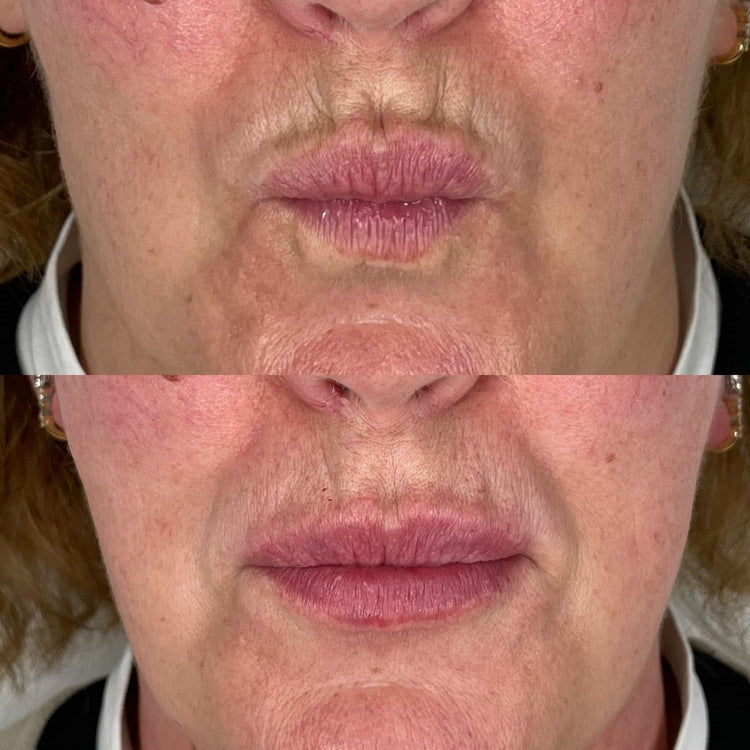
-
Hyaluronic Acid Fillers: These are readily dissolved by an enzyme called hyaluronidase.
-
Calcium Hydroxylapatite Fillers: These fillers cannot be dissolved. While the body naturally breaks them down over time, this process can take a considerable period.
-
Poly-L-lactic Acid (PLLA) Fillers: PLLA fillers are not directly reversible as they stimulate collagen production.
Time and Natural Breakdown for Other Fillers
When it comes to reversing dermal filler effects, the reversibility depends largely on the type of filler used. Hyaluronic acid fillers offer the most straightforward solution for reversal.
These fillers can be dissolved using an enzyme called hyaluronidase, effectively reversing their effects. This makes hyaluronic acid fillers a good option for those who want a temporary enhancement or need to make adjustments.
Calcium hydroxylapatite fillers, on the other hand, are not directly reversible. While they are gradually broken down by the body over time, this process can take months or even years. There are no known methods to dissolve these fillers.
Poly-L-lactic acid (PLLA) fillers also present a challenge for reversal. Unlike hyaluronic acid, PLLA does not provide immediate volume but rather stimulates the body’s own collagen production over time. This gradual process leads to long-lasting results that typically last for 1 to 2 years. Because PLLA promotes collagen synthesis, direct reversal methods are not available.
Despite these limitations, there are potential strategies to minimize the appearance of unwanted filler effects over time. For calcium hydroxylapatite and PLLA fillers, time plays a crucial role in allowing for natural breakdown.
Factors Affecting Reversibility
Dermal fillers have become increasingly popular for cosmetic enhancement due to their ability to address wrinkles, restore volume, and shape facial features. However, it’s important to understand the factors that influence whether these results are temporary or more permanent. The reversibility of dermal fillers largely depends on the specific type of filler used.
Filler Type and Concentration
Factors influencing the reversibility of dermal fillers include the type of filler and its concentration. Hyaluronic acid fillers, for example, are readily reversible as they can be dissolved with hyaluronidase, an enzyme that breaks down hyaluronic acid. Calcium hydroxylapatite fillers, on the other hand, are not directly reversible and are gradually broken down by the body over time.
The concentration of a filler also plays a role in its longevity. Higher concentrations typically result in longer-lasting effects. For example, a higher concentration of hyaluronic acid may last longer than a lower concentration.
Injection Technique
The reversibility of dermal fillers depends on the type of filler used and other factors like concentration and injection technique.
Hyaluronic acid fillers are generally considered reversible because they can be dissolved with hyaluronidase, an enzyme that breaks down hyaluronic acid. This makes them suitable for those seeking temporary enhancements or wanting to make adjustments.
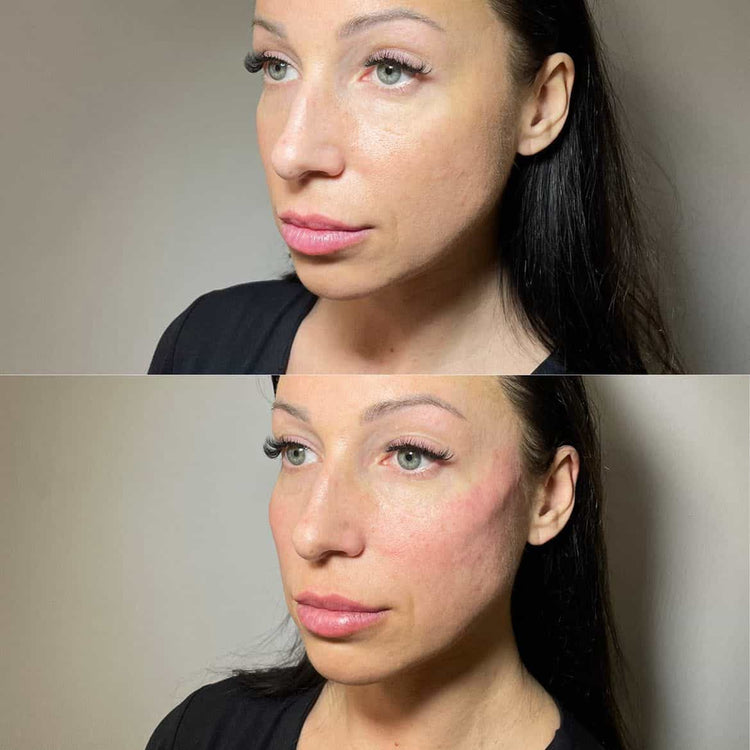
Calcium hydroxylapatite fillers, however, are not directly reversible and rely on the body’s natural breakdown process over time, which can take months or years.
Poly-L-lactic acid (PLLA) fillers stimulate collagen production and are not directly reversible due to their mechanism of action.
Injection technique also plays a role in longevity. Careful placement and proper depth of injection by a skilled practitioner can help minimize migration and improve the duration of results.
Individual Body Response
Factors influencing the reversibility of dermal fillers include the type of filler used, its concentration, and the individual’s body response. Hyaluronic acid fillers, for example, are readily reversible because they can be dissolved with hyaluronidase, an enzyme that breaks down hyaluronic acid. This makes them suitable for those seeking temporary enhancements or wanting to make adjustments.
Calcium hydroxylapatite fillers, on the other hand, are not directly reversible and rely on the body’s natural breakdown process over time, which can take months or years. Poly-L-lactic acid (PLLA) fillers stimulate collagen production and are not directly reversible due to their mechanism of action.
Individual body response can also play a role in how long dermal fillers last. Factors such as age, skin condition, metabolism, and lifestyle can influence the breakdown and absorption of fillers. Some individuals may experience faster or slower degradation of fillers compared to others.
Potential Complications and Risks Associated with Filler Reversal
While dermal fillers offer numerous cosmetic benefits, it’s important to be aware of potential complications and risks associated with their use. Reversal of certain filler types is possible, but not all fillers are reversible, and some procedures carry risks. Understanding these complexities before undergoing treatment is essential.
Lumps and Nodules
Although dermal fillers offer many advantages, it’s important to be aware of potential complications. Potential problems associated with filler injection can include:
Lumps and Nodules: These are among the most common complications, especially after injecting calcium hydroxylapatite fillers or using fillers incorrectly.
Infection: As with any procedure involving needles, there is a risk of infection.
Allergic Reactions: Some individuals may experience allergic reactions to the ingredients in the filler. These can range from mild redness and swelling to more severe reactions requiring medical attention.
Infection Risk
Potential Complications and Risks Associated with Filler Reversal
While dermal fillers offer many benefits, it is important to be aware of potential complications associated with their reversal as well. Infection risk remains a concern during any procedure involving needles. If hyaluronidase is used to dissolve hyaluronic acid fillers, there’s a possibility of allergic reactions or localized skin irritation.
Improper administration of hyaluronidase can lead to tissue damage or uneven dissolving of the filler.
Allergic Reactions
Hyaluronic acid fillers are typically reversible because they can be dissolved using an enzyme called hyaluronidase. However, there is still a risk of complications during this process, such as infection and allergic reactions.
Calcium hydroxylapatite fillers cannot be directly reversed. Although the body naturally breaks them down over time, this process can take months or years. While there are potential methods to minimize their appearance, there’s no way to completely reverse them.
Poly-L-lactic acid (PLLA) fillers stimulate collagen production and are not directly reversible.
Conclusion
Understanding the reversibility of dermal fillers is essential before undergoing treatment. Each type of filler has unique properties, impacting its potential for reversal.
Hyaluronic acid fillers offer the most straightforward solution for reversal, as they can be dissolved using an enzyme called hyaluronidase. This makes hyaluronic acid a good option for those seeking temporary enhancements or needing adjustments.
Calcium hydroxylapatite fillers and Poly-L-lactic acid (PLLA) fillers present a different scenario. Calcium hydroxylapatite fillers are gradually broken down by the body over time, but this process takes months or even years. Direct reversal methods are not available.
Poly-L-lactic acid (PLLA) fillers work by stimulating collagen production, leading to long-lasting results that typically last for 1 to 2 years. Because PLLA promotes collagen synthesis, direct reversal methods are not available.
Book your lip filler appointment with Dr. Laura Geige at It’s Me & You Clinic
- Alluzience Longer Lasting Botox Near Reigate, Surrey - May 4, 2025
- Botox Upper Face Wrinkles In Godalming, Surrey - May 2, 2025
- How To Make THC Beverages Last Longer In Your System - May 1, 2025
